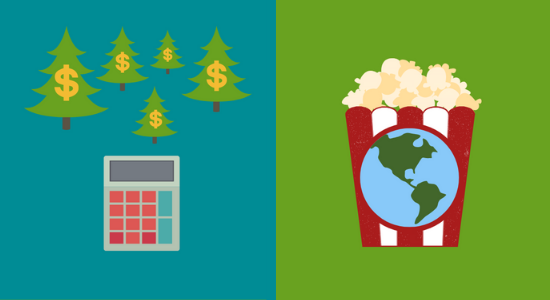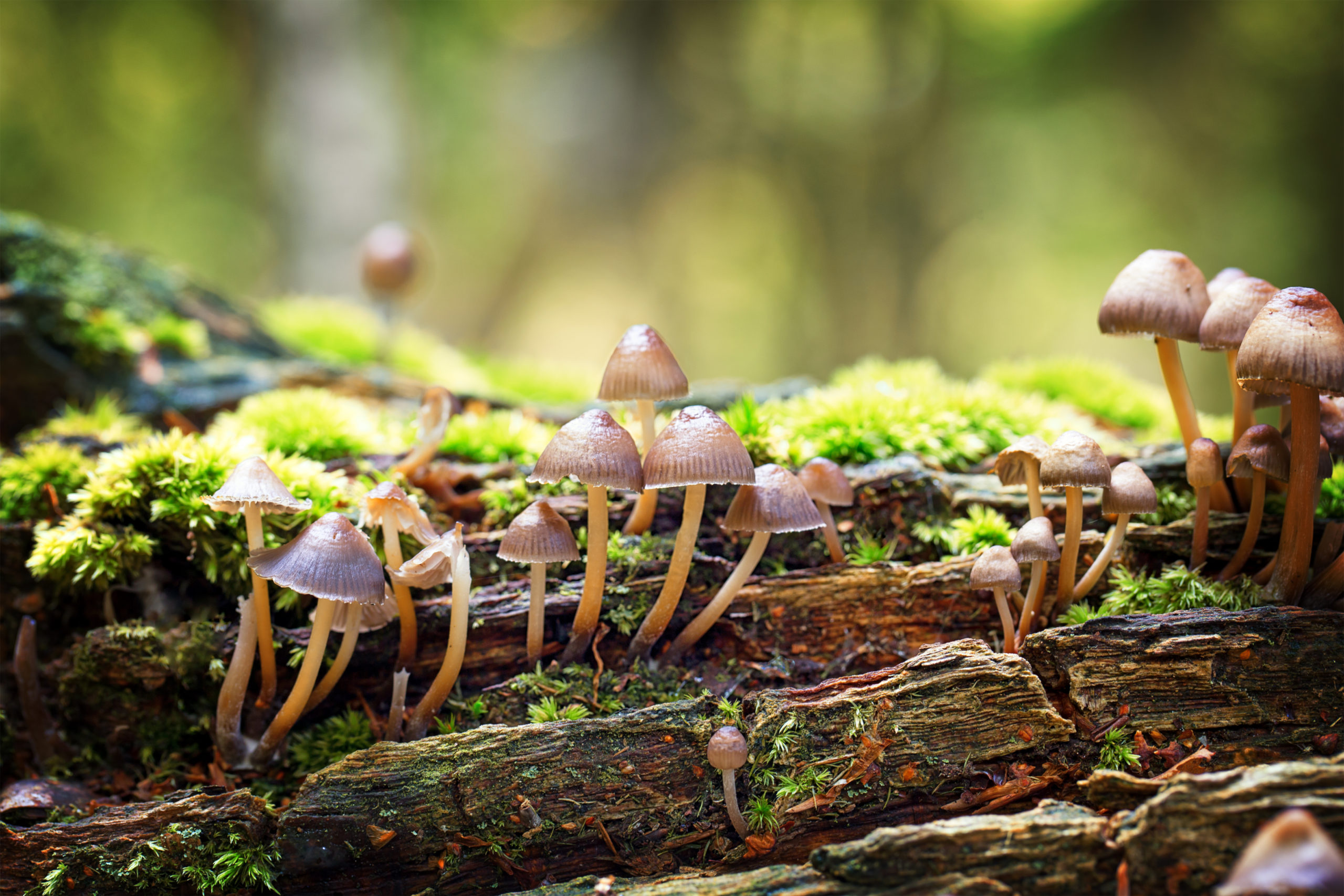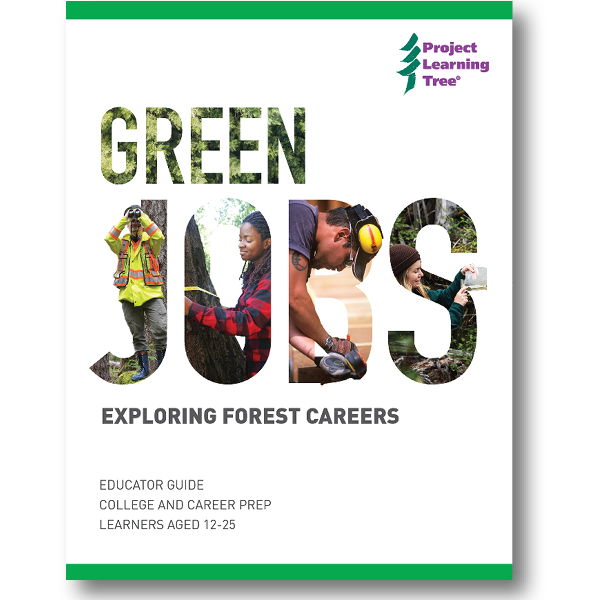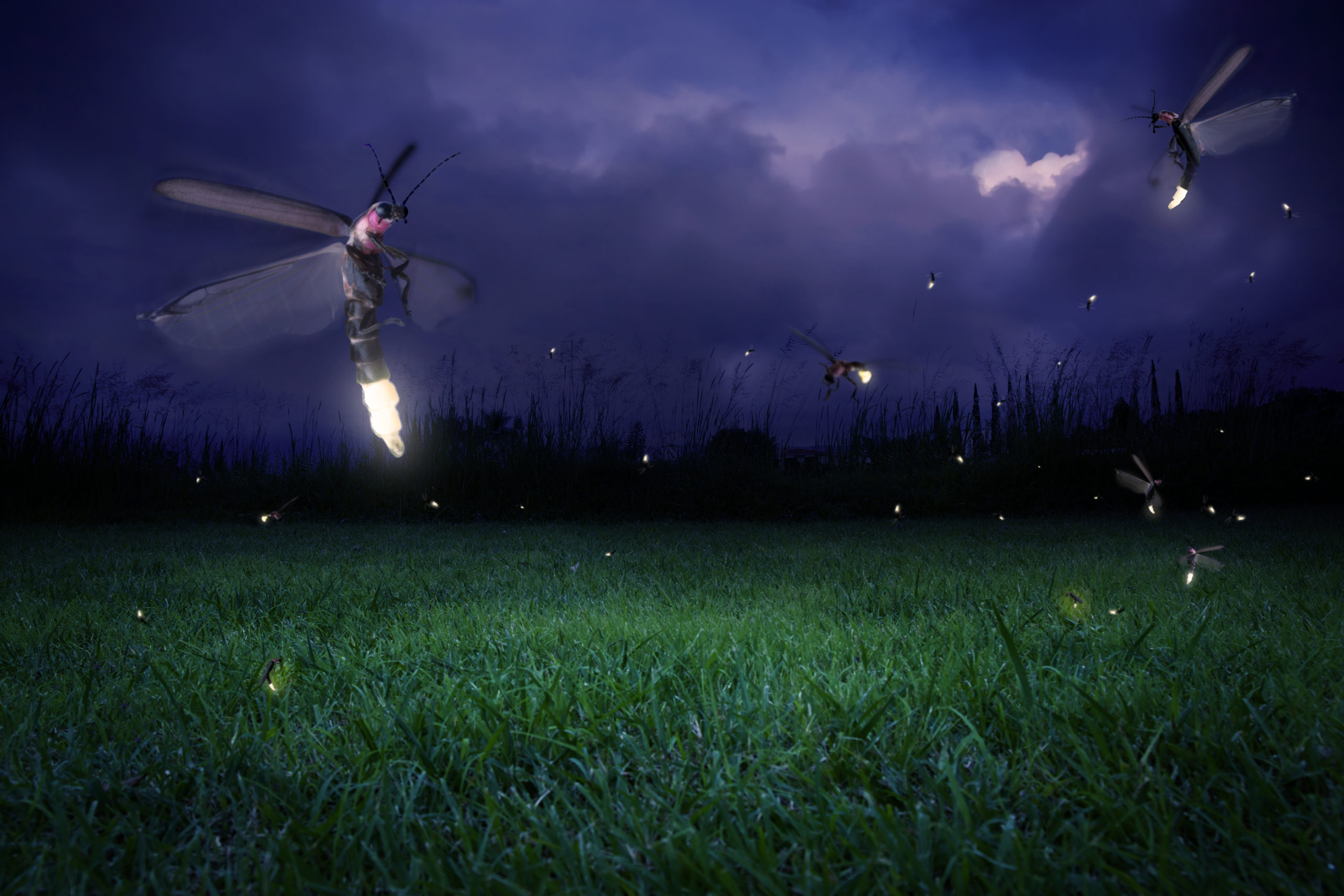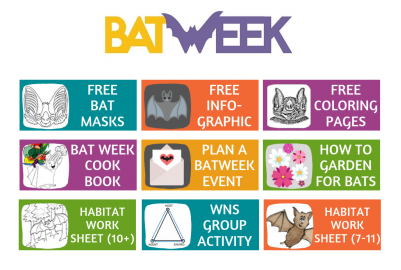November 5, 2019 | By Project Learning Tree | EE Resource
Foldscope is a foldable microscope made mostly of paper that achieves the goal of being less than one U.S. dollar in parts to produce. These origami microscopes weigh less than 10 grams and provide the magnification power of your standard classroom microscope. Produced by Foldscope Instruments, the company’s mission is to produce low-cost scientific tools that… Read more »
November 5, 2019 | By Project Learning Tree | EE Resource
Animals at Risk from Climate Change is an educational poster developed by the Global Education Project. The poster presents a succinct overview of the fundamental impacts of greenhouse gases and features 25 animals currently at risk because of climate change. Through illustrations, symbols and brief explanatory text, learn about the biological traits and environmental conditions that… Read more »
November 5, 2019 | By Project Learning Tree | EE Resource
A study 20 years ago found that British kids were better at identifying Pokemon than real wildlife. So a Canadian professor of teaching has crowdsourced ideas and created a competitive card game that teaches kids about ecosystems. Learn more about this scientific Pokemon-type card game called Phylo: The Ecosystem Trading Card Game. Download rules and a starter deck… Read more »
November 1, 2019 | By Jennifer Ventimiglia | Educator Tips
As a 7th grade Environmental Science teacher, I often turn to PLT for ideas and inspiration. So when my state adopted new environmental science content and guidelines earlier this year, I took a deep breath and opened my trustworthy PreK-8 Guide for inspiration. It’s helped me through previous curriculum and standards changes in years past, and not surprisingly, I found more than 15 engaging activities to strongly correlate with the new state guidelines.
October 31, 2019 | By Mark Haskell | STEM Strategy
Decomposers live off dead material and recycle nutrients into the soil for reuse by plants. These STEM activities teach students about producers, consumers, and decomposers.
October 22, 2019 | By Vanessa Bullwinkle | News
Suitable for use with youth aged 12-25, four hands-on instructional activities help youth research different forest-sector jobs, and practice managing and monitoring forest resources. Can be used in settings ranging from community youth programs and school classrooms, to college and career prep, to field trips and forest tours to help youth discover careers in sustainable forestry and conservation.
October 13, 2019 | By Tammy Brown | Educator Tips, Getting Started
Some animals, insects, and organisms have evolved to produce light for various reasons. Capture your students’ curiosity and love of learning by using bioluminescence as a springboard into the world of luminescence. There are many ways of adapting glow-in-the-dark lessons to a variety of subjects and grade levels.
October 11, 2019 | By Project Learning Tree | Recommended Reading
A Day in a Forested Wetland Grades K-3 Written by: Kevin Kurtz Illustrated by: Sherry Neidigh Published by: Arbordale, 2018 ISBN-13: 978-1628559125 Recommended Reading A continuation of Kevin Kurtz’s award-winning “A Day In” series once again delights readers with a rhythmic, scientifically-sound look into a typical day for the animals that call the soggy forest… Read more »
October 4, 2019 | By Project Learning Tree | Educator Tips, Getting Started
Bat Week is Oct 24-Oct 31! Use this annual celebration timed with Halloween to teach kids about the important role bats play in nature. As insect eaters, pollinators, and seed spreaders, bats provide critical services for our ecosystem. Share these facts about bats with your students… Read more »
September 23, 2019 | By Tammy Brown | Educator Tips
Supplement your curriculum across subject areas with these 8 easy activities with a sustainability theme for middle school students.


